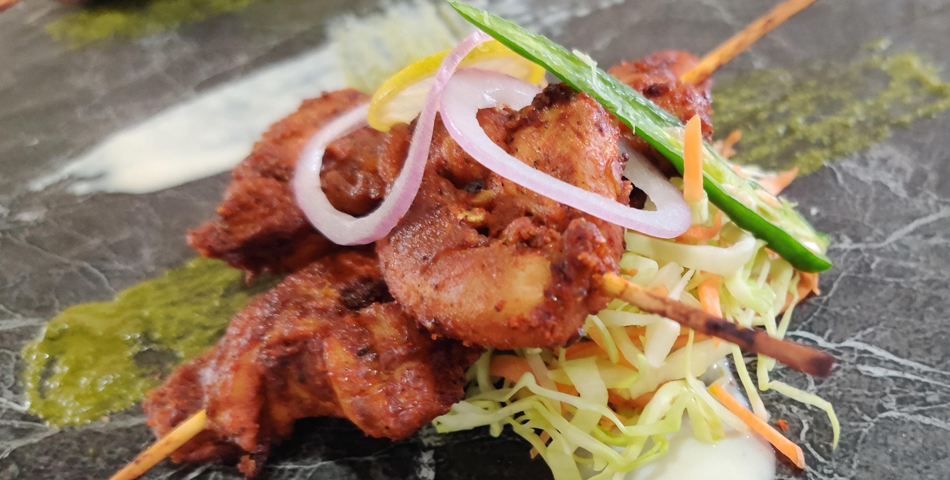
About a year ago, as general retail began to move online en masse, food courts in Malls were seen as saviours. However, with the advent of COVID19, social-distancing regulations is the latest challenge to the concept – arising at a time when many consumers had already started to buy food online for home delivery, both from traditional chains as well as from high-end restaurants.
Are food courts serving time?
I have reasons to believe that the traditional food-court model began its decline long before the pandemic. Back in the 70s when the food court concept was born, it progressed not into a raging fire but an integral part of planning in all Malls, big or small. But over the past 5 years, as millennials and the 'iGeneration' migrated to casual dining and QSR options that provided “freshly cooked” and potentially healthier options in a curated space, food courts have a threatened existence. In comparison, casual-dining concepts provided higher customer experience, often merging a better ambience with a strong social media profile, a valid takeaway and recall value. With offerings like alcohol, home delivery and a great degree of customisation as opposed to the pre-prepared and on-display bain-maries of a food court.
Besides, there is nothing like a food court as a hotbed for transmission of germs – think about those 500–700 common seats with about 1sqm per person of space, all the self-serve cutlery and sauces, the trays, the busy bathrooms. Do you think there is anything else necessary to call for the guillotine?
Consumers have also become less trustful about eating pre-prepared food from a bain-marie display. It feels less safe and has the perception of too much human interference. Food to be made out of sight or served to them all wrapped up – “contactless” was more preferable. The reputation and viability of food courts have been dealt a blow by the pandemic, for sure.
However, food courts will not disappear completely because consumers are still looking for a quick-serve, low-price-point option – but the method of delivering that solution has been superseded. This is an opportunity for unscrupulous food audits and stringent norms such as HACCP and other sanitation standards, besides creative out-of-the-box marketing for infusing blood transfusion to Food courts management. Mall managers ought to discard the centralised “mess hall-seating” to mall management laying out communal seating and diners order food from where they want. Delegating the design and management of tables and seating to tenant brands can make for a more attractive dining space with multiple styles and solutions. It makes sense to attach store fronts with exclusive spaces in front of them. The tenants could be advised to take care of their exclusive tables and maintain the severest hygiene standards. A large part of the large common area can be replaced with kiosks ensuring the overall number of tenancies remain the same.
Consumers are now looking to move from paying by cash to contactless payments, apart from contactless ordering and delivery Mall managements needs to become omnichannel in their management of the centre and provide tenants with a centre-wide ordering and payment platform.
Automation is another factor to consider adopting to rescue the format. With labour being the highest cost of any hospitality businesses, the advancement in robotics – with machines replacing sanitation staff shall be a a game-changer for the foodservice sector, besides drawing out the public to witness technological innovation at close quarters.
Physical distancing in food courts remaining open – or reopening – during the COVID-19 crisis is also putting pressure on operators and landlords alike, with fewer diners able to use the facilities at once. This is forcing operators to look for other income streams, one of which is to create a limited-time or “online only” restaurant and using the food court kitchen space as “dark kitchens” to produce food for delivery.
Other solutions include working with food and drink suppliers to wholesale products in meal-kit 'boxes' in a subscription service. The idea of converting food-court space into shared or cloud kitchens to supply food-delivery companies is bound to emerge. But in the end, pandemic or not, many food courts seem headed for retirement.
The time has come when a lick of paint, a change of furniture or the addition of plants will not be enough to save the food court. They now do not hold court.

Author Sunny Sriram is Director – Arrow Hospitality Consulting and member advisory board Better Kitchen. He specializes in conceptualizing unique dining concepts, realizing ROI faster than expected, and chain-store strategizing.
* Food Court Photo Courtesy Pacific Mall




Be the first one to post a comment